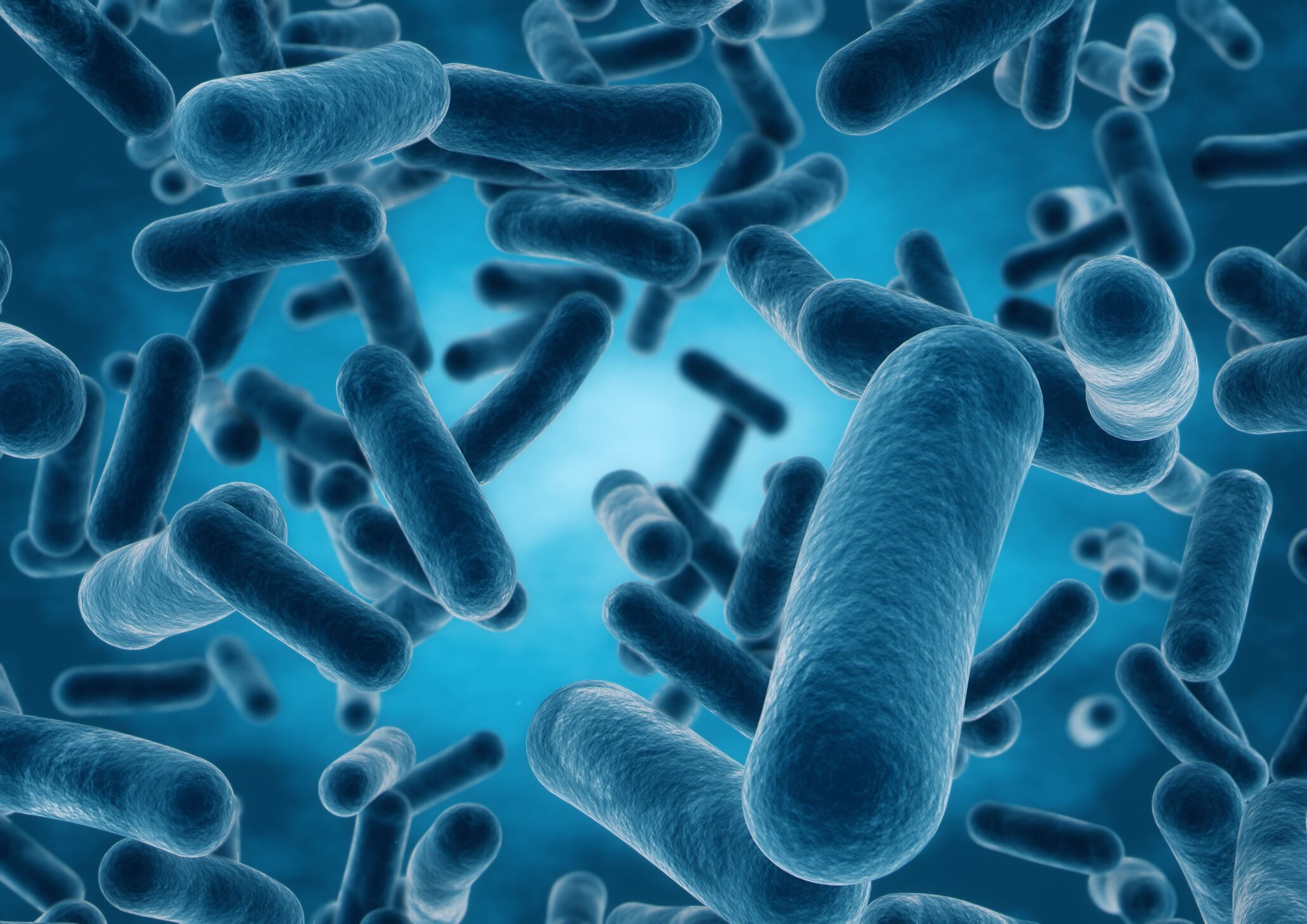The name Lactobacillus is instantly recognizable to many consumers and healthcare professionals, and includes many of the most commercially important strains. The original genus Lactobacillus was constructed in 1901 around the species Lactobacillus delbrueckii, and over the years had grown to include over 250 species.
However, genetic analyses have shown that many of these species can no longer reasonably grouped under Lactobacillus. According to the publication in the International Journal of Systematic and Evolutionary Microbiology (IJSEM), Lactobacillus is again limited to only 35 species. The other species have now been formally put into 23 new genera and Paralactobacillus.
The international working group for reclassification made a significant effort to create names for the new genera with commercially relevant strains that start with L, and most will retain a resemblance of Lactobacillus.
From a labeling perspective, most of the new genus names are 4-7 letters longer than the old ones, so brands will have to consider this on Supplement Facts panels.
For example, L. reuteri is now Limosilactobacillus reuteri (so still L. reuteri), L. rhamnosus is now Lacticaseibacillus rhamnosus, L. salivarius is now Ligilactobacillus salivarius, L. casei is now Lacticaseibacillus casei, L. paracasei subsp. paracasei is now Lacticaseibacillus paracasei subsp. paracasei, and L. plantarum subsp. plantarum is now Lactiplantibacillus plantarum subsp. plantarum.
The University of Alberta has released a tool, which is available HERE, to allow stakeholders to quickly search the old names to discover the new names.
Dr Sarah Lebeer, professor Applied Microbiology & Biotehnology at the University of Antwerp and co-author on the new study, commented: "This task had been on the agenda of scientists for a while. We are pleased that we managed to unite different international teams working on comparative genomics of Lactobacillus with taxonomy experts, collaborating for the best interest of the whole field.
"I look forward to the new insights provided by this comprehensive analysis of taxonomy, evolutionary history, physiology, and ecology of lactobacilli. The most closely related bacteria sharing most properties now have the same genus name, while lactobacilli that are more distantly related can be more clearly discriminated from each other."
The challenges
The taxonomic changes present communication challenges. Speaking at the fourth annual IPA Workshop in DC last year, Nina Vinot from Probiotical noted that the communication will need to be internal (updating technical documents, etc), external to customers/ brands, as well as the end consumers, and communication to the academic, scientific & medical communities, with impacts on scientific publishing and patents will need to be filed with new names.
According to a useful infographic published by the International Probiotics Association, the changes will be applicable globally, but unless written into law, the new taxonomy will not be enforceable.
The International Scientific Association for Probiotics and Prebiotics has also produced an infographic to explain the changes. To access the ISAPP infographic, please click HERE.
Webinar
NutraIngredients-USA assembled a panel of experts to discuss this issue in December 2019. The webinar, which is available on demand for free, can be accessed HERE.
Source: International Journal of Systematic and Evolutionary Microbiology
First Published: 15 April 2020, doi: 10.1099/ijsem.0.004107
“A taxonomic note on the genus Lactobacillus: Description of 23 novel genera, emended description of the genus Lactobacillus Beijerink 1901, and union of Lactobacillaceae and Leuconostocaceae”
Authors: J. Zheng, S. Wittouck, E. Salvetti et al.



